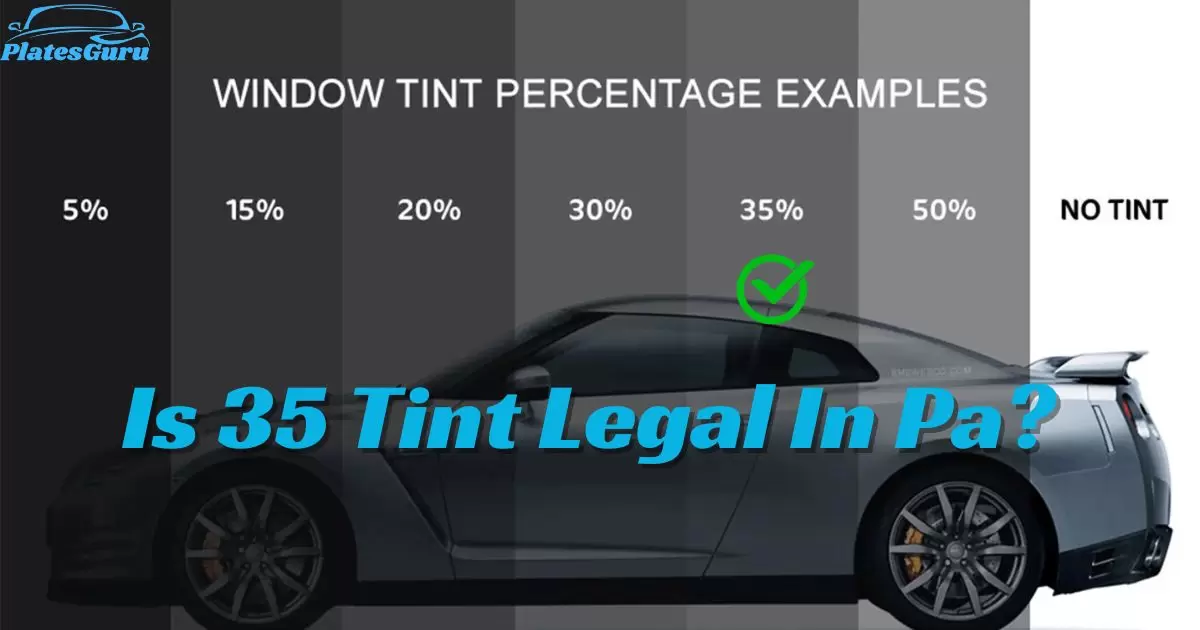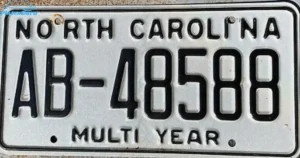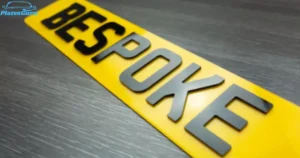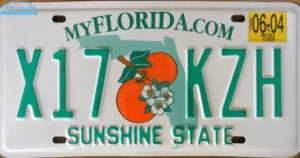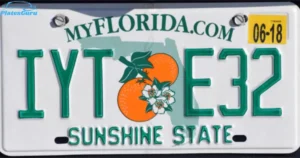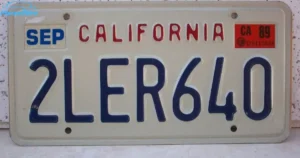In Pennsylvania, window tint is regulated with specific rules that vary for different types of vehicles. For both passenger cars and multi-purpose vehicles, the legal tint limit is quite strict compared to some other states:
- Windshield: Non-reflective tint is allowed on the top 3 inches of the windshield.
- Front Side Windows: Must allow more than 70% of light in.
- Back Side Windows (Sedans): Must allow more than 70% of light in.
- Rear Window (Sedans): Must allow more than 70% of light in.
- Back Side Windows (SUVs and Vans): Any tint darkness can be used.
- Rear Window (SUVs and Vans): Any tint darkness can be used.
Introduction to Window Tinting Laws in Pennsylvania: Navigating the Shades
When it comes to modifying vehicles, window tinting is a popular choice among car enthusiasts and everyday drivers alike. It’s not just about the aesthetic appeal; tinted windows can provide privacy, reduce glare, and keep your vehicle cooler during those hot Pennsylvania summers.
However, before you decide to darken your ride, it’s crucial to understand the legal landscape to ensure your vehicle is not just stylish but also street-legal. This is particularly relevant in Pennsylvania, where specific regulations govern the permissible level of window tint, often leading to confusion among vehicle owners.
In this blog post, we’ll embark on a comprehensive journey to explore the legality of 35% window tint in Pennsylvania, offering clarity amidst the shades of legal requirements.
Why Tint Levels Matter
At the heart of the discussion is the concept of Visible Light Transmission (VLT%) a key metric that determines how much light can pass through your window tint. The percentage represents the light allowed through the film and the window. But why does this matter? It’s a matter of visibility and safety for law enforcement and safety regulators. For drivers, it’s often about comfort, privacy, and protection from UV rays. Striking the right balance between these needs has led states like Pennsylvania to set specific legal thresholds for window tinting.
The Legal Framework in Pennsylvania
Pennsylvania’s vehicle code outlines the requirements for window tinting, focusing on the VLT% allowed for different windows on a vehicle. These laws ensure that drivers have sufficient visibility while also allowing some flexibility for personalization and protection from the sun. Understanding these regulations is crucial for any vehicle owner considering window tinting, as non-compliance can lead to fines, mandatory removal of the tint, or even more significant legal issues.
The Purpose of This Exploration
This blog post aims to demystify Pennsylvania’s window tinting laws, with a focus on the often-asked question: Is 35% tint legal in PA? We’ll delve into the specifics of the state’s legal requirements, offering insights into how these laws apply to different types of vehicles and windows. Additionally, we’ll provide practical advice for ensuring your vehicle complies with Pennsylvania’s regulations, helping you enjoy the benefits of window tinting without the hassle of legal complications.
Understanding Visible Light Transmission (VLT%) in Window Tinting
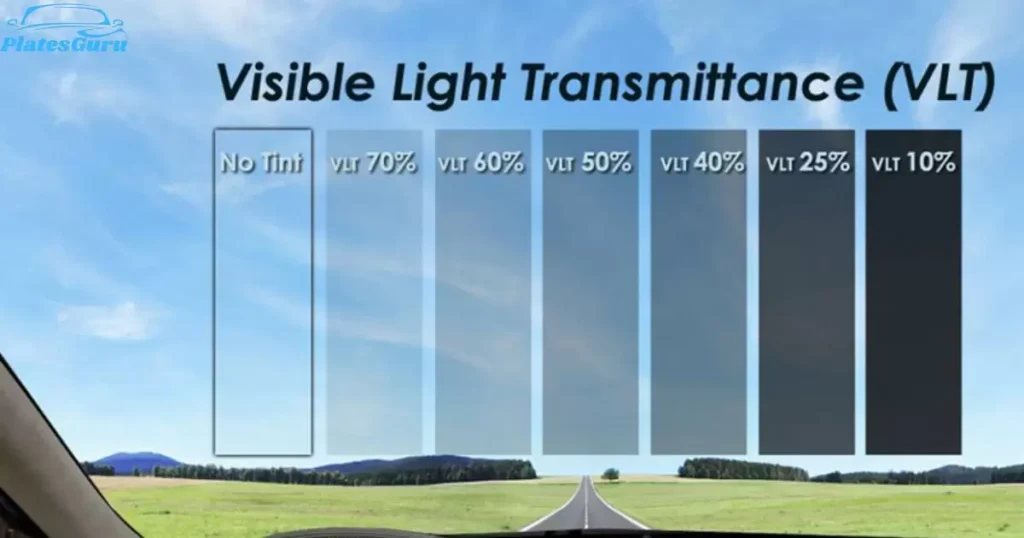
The concept of Visible Light Transmission (VLT%) is central to the discussion on window tint legality, including in Pennsylvania. VLT% refers to the measure of how much visible light can pass through the window tint film applied to the glass of a vehicle. Essentially, it quantifies the darkness of the tint, providing a legal framework for what’s permissible on the road.
The Basics of VLT%
VLT% is calculated as a percentage, indicating the amount of visible light that can penetrate the tinted window. A higher VLT% means more light can pass through, making the tint lighter. Conversely, a lower VLT% results in a darker tint, allowing less light to enter the vehicle. For instance, a window tint with a VLT% of 70 allows 70% of the visible light to pass through, making it relatively light, while a 35% VLT tint permits only 35% of light, making it significantly darker.
Legal Implications of VLT%
The legal VLT% varies from state to state, reflecting different safety, security, and visibility considerations. These laws are in place to ensure that drivers have enough visibility, especially under low light conditions, and to maintain a level of safety for both the vehicle’s occupants and other road users. Law enforcement agencies can use VLT% measurements to determine if a vehicle’s window tint complies with state regulations, potentially leading to penalties if the tint is found to be too dark.
VLT% in Pennsylvania
In Pennsylvania, the window tint law stipulates specific VLT% thresholds that must be adhered to for the various windows of a vehicle. These regulations are designed to balance the benefits of window tinting such as reduced glare, increased privacy, and protection against UV radiation with the need for adequate visibility for driving. Understanding the exact VLT% allowed by law is crucial for vehicle owners considering window tinting, to ensure their vehicles remain compliant with Pennsylvania’s safety standards.
The Significance of 35% Tint in Legal Context
The question of whether a 35% tint is legal in Pennsylvania hinges on the state’s prescribed VLT% thresholds. A 35% VLT tint is darker than what many states allow for the front side windows, potentially affecting the driver’s visibility. This level of tint blocks 65% of the visible light from entering the vehicle, which can significantly impact visibility, especially during nighttime driving or in adverse weather conditions.
The Legal Landscape of 35% Tint in Pennsylvania: A Detailed Analysis
Pennsylvania’s window tint laws, set forth to balance safety with personal preferences, stipulate clear guidelines for the level of darkness allowed for vehicle window tints. As we navigate through the state’s regulations, understanding these rules is pivotal for drivers seeking to modify their vehicles within legal boundaries.
Pennsylvania’s Stance on Window Tint
In Pennsylvania, the law requires that front side windows, which include the driver and front passenger windows, must allow more than 70% of light in. This requirement aims to ensure that drivers have sufficient visibility of their surroundings, thereby reducing the risk of accidents related to impaired visibility. Given this stipulation, a 35% VLT tint, which permits only 35% of light to pass through, falls below the legal threshold for these windows, making it non-compliant with Pennsylvania’s safety standards.
Exceptions and Specifics for Different Vehicle Types
While the front side windows have a strict 70% VLT requirement, the regulations offer more leniency for the rear side and back windows of certain vehicles. For SUVs and vans, Pennsylvania law permits any level of darkness for the rear side and back windows, acknowledging the different uses and needs of these vehicle types compared to sedans. This distinction underscores the state’s approach to window tinting, which varies based on the vehicle’s design and intended use, allowing for customization while prioritizing safety.
Safety and Enforcement
The rationale behind Pennsylvania’s window tint laws extends beyond aesthetic considerations, focusing on safety and enforcement. Dark tints can obscure the view of law enforcement officials, making it challenging to see inside the vehicle during traffic stops or when monitoring traffic for safety compliance. Furthermore, excessively dark tints can hinder a driver’s ability to see pedestrians, cyclists, and other vehicles, especially in low-light conditions, increasing the risk of collisions.
Navigating Legal Tint Modifications
For vehicle owners in Pennsylvania considering window tinting, it’s essential to adhere to the state’s VLT% regulations to avoid legal issues. Non-compliance can result in penalties, including fines and the requirement to remove the non-compliant tint. Vehicle owners interested in applying a window tint should consult with professional tinting services that are familiar with Pennsylvania’s regulations to ensure their vehicle remains within legal limits.
35 Tint On Car
A 35% window tint refers to a film that allows 35% of the visible light to pass through the car’s windows, blocking 65% of the light. This level of tinting provides a balance between privacy and visibility, making it a versatile choice for many vehicle owners. It enhances the vehicle’s appearance, offers moderate privacy without significantly darkening the windows, and ensures enough light enters the cabin for safe driving, even at night. The tint also offers protection from UV rays and can help in reducing the interior temperature of the car. It’s important to check local laws as tinting regulations can vary, but a 35% tint is commonly accepted in many areas for its practical benefits without severely impacting visibility.
35% Tint On Car Price
The cost of installing a 35% window tint on a vehicle can vary widely depending on several factors, including the type of vehicle, the quality of the tint material, and whether any existing tint needs to be removed. On average, you might spend anywhere from $150 to $600 for standard, non-reflective tint film. Opting for premium tint films, such as ceramic or carbon options, could push the price to a range closer to $250 to $800. Additional costs may be incurred for larger vehicles or if tint removal services are needed before applying the new tint, which can range from $25 to $200 or more.
Drawbacks Of A 35% Tint
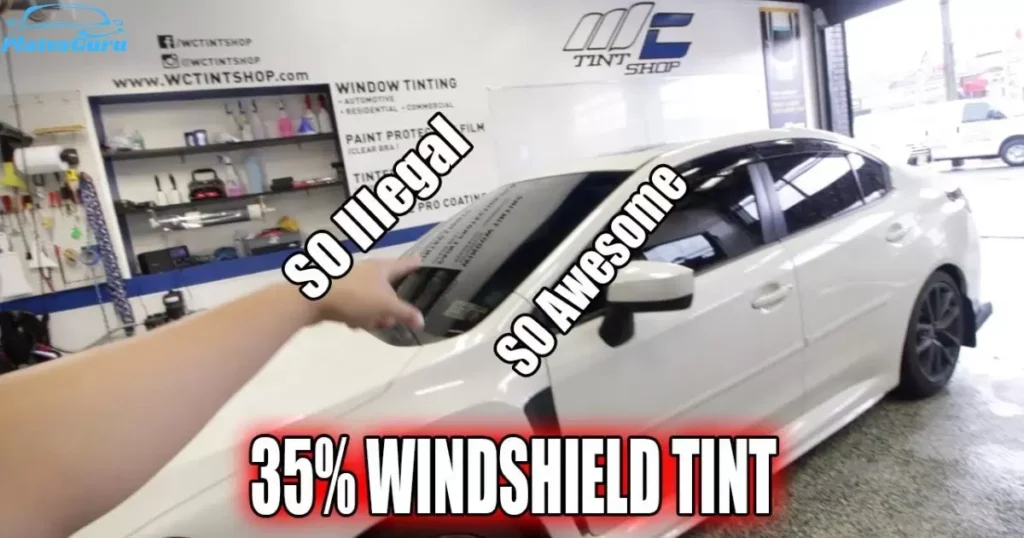
The 35% window tint strikes a balance between aesthetics and functionality, offering a sleek appearance and moderate privacy without significantly darkening the vehicle’s windows. It allows enough light to ensure visibility during both day and night driving, making it a popular choice among drivers. However, there are considerations to keep in mind:
- Visibility at Night: While 35% tint does not severely limit visibility, it may still pose challenges in very low-light conditions compared to lighter tints. Drivers should assess their comfort with slightly reduced nighttime visibility.
- Legal Considerations: The legality of 35% tint varies by state, with some regions allowing it and others imposing restrictions. It’s crucial to check local laws to avoid fines and the need for tint removal.
- Cost: The cost of installing a 35% tint can range from $150 to $600 for standard films and $250 to $800 for premium options like ceramic or carbon films. Prices vary based on vehicle type and the number of windows being tinted.
Is 35% window tint good for windshields?
A 35% window tint for windshields is considered ideal by many for balancing privacy and visibility. It provides a sleek look without significantly compromising the driver’s view. However, it’s essential to check local regulations as tint levels for windshields are strictly regulated in many areas. While 35% tint allows sufficient light to ensure visibility, especially at night, the appropriateness of this tint percentage for windshields largely depends on individual preference and legal allowances.
Is 35% a dark tint?
A 35% tint is considered a medium shade rather than a very dark tint. It allows 35% of the visible light to pass through, striking a balance between privacy and visibility. This level of tint is popular among drivers who want to reduce glare and heat without significantly impairing their ability to see, especially at night. While it provides a sleek appearance to the vehicle, it’s crucial to check local regulations as tint darkness allowed can vary by jurisdiction.
How does 35% tint look at night?
At night, a 35% tint allows for adequate visibility from inside the vehicle, making it a balanced choice for drivers who seek tinting benefits without significantly compromising night-time driving visibility. This level of tint darkens the windows enough to enhance privacy and reduce glare from other vehicles’ lights, yet still permits a sufficient amount of light to ensure that drivers can see their surroundings. It’s an excellent compromise for both night and daytime driving, providing a tinted appearance without the drawbacks of darker tints that might impede visibility in low-light conditions.
What Does 35% Tint Mean
A 35% tint on a vehicle’s windows means that the film applied allows 35% of the visible light to pass through, blocking 65% of the light. This level of tint darkens the windows to provide privacy and reduce glare and heat from the sun inside the car. It’s considered a medium level of tint, offering a balance between visibility for the driver, especially at night, and the benefits of tinting such as UV protection and interior cooling. This specification is crucial to ensure the tint complies with local legal requirements, as laws regarding permissible tint levels vary by location.
Advantages Of A 35% Tint
A 35% tint offers a balanced approach to window tinting, providing several benefits without significantly compromising visibility. Here are some of the advantages:
- Improved Privacy and Security: A 35% tint obscures the interior of the vehicle from outside view, enhancing privacy for passengers and security for valuables inside the car.
- UV Radiation Protection: It blocks a significant portion of harmful UV rays, protecting the skin of the occupants and reducing the fading and wear of the vehicle’s interior.
- Reduced Glare and Eye Strain: By dimming the brightness from sunlight and headlights, a 35% tint can make driving more comfortable, reducing glare and minimizing eye strain.
- Temperature Control: Tinting can help keep the car cooler on sunny days by blocking solar heat, improving comfort for passengers and potentially reducing the need for air conditioning.
- Aesthetic Appeal: Many drivers prefer the look of tinted windows, and a 35% tint offers a sleek, stylish appearance without being too dark, complying with many regional tinting laws.
- Increased Safety: In the event of an accident, window tint film can help hold shattered glass together, reducing the risk of injury from flying glass shards.
Can you see through 35% tint at night?

Yes, you can see through a 35% tint at night, but visibility is moderately reduced compared to untinted windows. This level of tint darkens the windows enough to provide privacy and reduce glare, yet still allows a significant amount of light to pass through, ensuring that the driver has sufficient visibility for safe driving. It strikes a balance between the benefits of tinting and maintaining clear night-time vision. However, individual perception of visibility can vary, so it’s important for drivers to consider their comfort with reduced light transmission during night driving.
what does 35% tint look like on a car
A 35% tint on a car offers a medium-dark appearance that is noticeably tinted but not overly dark, allowing for a sleek and stylish look while providing significant privacy and UV protection. This level of tint blocks 65% of visible light, making the windows appear darker from the outside but still allowing enough light for the driver to see through clearly during the day.
At night, visibility is somewhat reduced compared to lighter tints, but generally, it remains adequate for safe driving. The specific appearance can vary depending on the vehicle’s color and the lighting conditions, with the tint looking darker in bright sunlight and lighter in overcast conditions or at dusk. This tint level is a popular choice for those seeking a balance between aesthetics, privacy, and visibility.
Key Takeaways on Pennsylvania’s Window Tint Laws
- Front Side Windows Compliance: Pennsylvania law mandates that front side windows must allow more than 70% of light to pass through, making 35% VLT tint non-compliant for these windows.
- Flexibility for Rear Windows: The state offers leniency for the rear side and back windows of SUVs and vans, allowing any darkness level to accommodate privacy and security needs.
- Safety First Approach: The primary rationale behind the stringent window tinting laws is safety ensuring drivers have adequate visibility and are visible to law enforcement and other road users.
- Penalties for Non-Compliance: Failing to adhere to these laws can result in fines, the requirement to remove the non-compliant tint, and potential safety risks.
FAQs
Is 35% window tint dark enough?
Yes, a 35% window tint is considered dark enough to provide privacy and UV protection while still allowing 35% of natural light through. It’s a moderate level of tint that balances privacy with visibility.
Can you see out of 35 tint at night?
Yes, you can see out of a 35% tint at night. While it reduces the amount of light entering the car, it still allows sufficient visibility for safe driving. From inside the car, visibility is maintained, making it a practical choice for many drivers.
How light is 35% tint?
A 35% tint blocks 65% of the light from passing through the window, making it a medium-dark shade. It allows 35% of the visible light into the car, providing a balance between reducing glare and maintaining visibility.
Can I apply a 35% tint on any window of my car in Pennsylvania?
No, a 35% tint is not legal for the front side windows. It’s below the state’s minimum requirement of 70% VLT for these windows.
Are there any exceptions to the tinting laws?
Yes, medical exemptions allow for darker tints under specific conditions. Additionally, the laws are more lenient for the rear windows of SUVs and vans.
How can I ensure my window tint is legal?
Consult with a professional tinting service familiar with Pennsylvania’s regulations and always opt for tints that meet the state’s legal VLT% requirements.
FINAL WORDS
Pennsylvania’s window tint regulations are designed with safety and visibility in mind, particularly emphasizing the balance between aesthetic preferences and legal standards. The state mandates over 70% light transmission for front side windows in all vehicles, ensuring clear visibility for drivers.
It provides more flexibility for SUVs and vans’ rear windows, allowing any tint darkness. This approach addresses the varied needs of vehicle types while prioritizing road safety and law enforcement visibility. Non-compliance with these regulations may lead to penalties, emphasizing the importance of adhering to legal tint limits to avoid fines and ensure the vehicle remains street-legal.
See more: how long does it take to tint windows.
